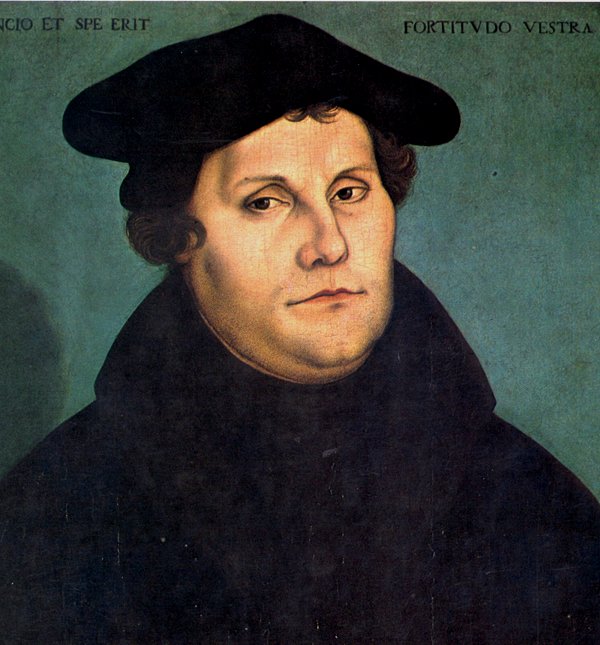The Social Consequences of Martin Luther
By the early 1520s, Luther had attracted a huge following thanks to the the printing presses which spread his message and reputation across Germany. By the time of his death in 1546, people of all social classes had clearly sided with Luther and Lutheranism. As a result, the social consequences of Martin Luther’s teaching were widespread.
One consequence was that the sermon became the central point of the church service, with each lasting about 45 minutes. Church was made more accessible, with sermons read out in the vernacular rather than Latin.

Peasants also flocked to Lutheranism. The peasants backed Luther's criticism of the authority of the Roman Church and the perception that Christians could ‘buy their way’ into heaven. In 1520, Luther had written, "A Christian man is the most free lord of all and subject to none" (On Christian Liberty). Unrest within the peasant population in the years preceding the publication of the 95 Thesis meant these teachings would have been welcomed.
Another change introduced by Lutheranism was that priests could marry. In 1525, Luther himself (a former monk) took a wife. On June 13, 1525, Luther married Katharina von Bora, one of 12 nuns he had helped escape from a convent two years earlier. Katharina was 26, and Luther 41 years old. They had six children, four of whom lived to adulthood.
The biggest social change was the the Church’s loosening grip on the lives of ordinary people. Roman Catholicism had managed to maintain its authority for centuries, but Lutheranism changed this as people began to turn away from the Catholic Church.
See also: Martin Luther and the German Reformation
MLA Citation/Reference
"The Social Consequences of Martin Luther". HistoryLearning.com. 2025. Web.
